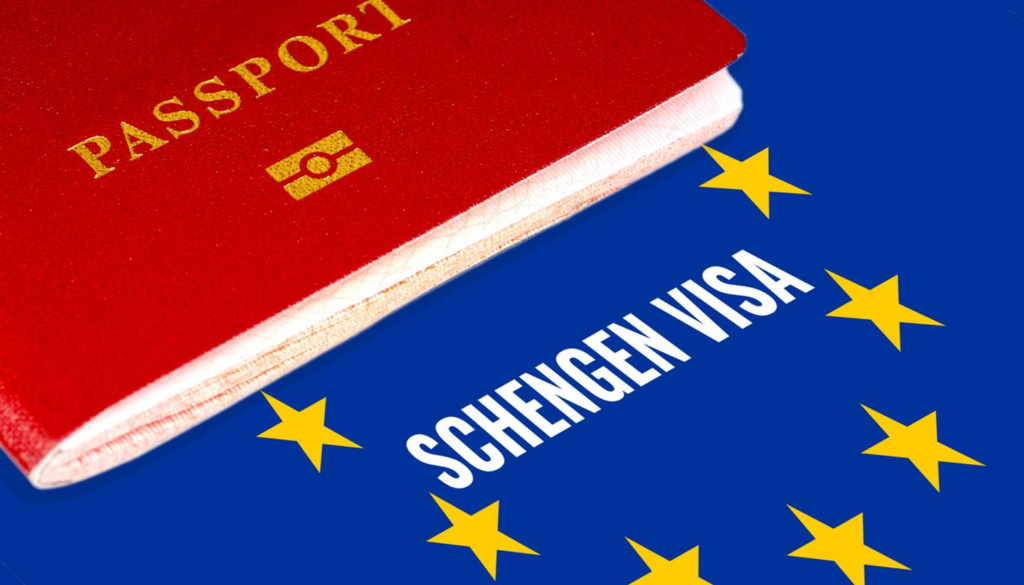Don’t Apply for a Schengen Visa Through Malta: 36.81% Rejection Rate! 🚫✈️ #TravelTips #VisaAdvice
If you’re planning to apply for a Schengen visa through Malta, you might want to reconsider. According to 2023 data, Malta has the highest Schengen visa rejection rate at 36.81%. This startling statistic is cause for concern, especially for those hoping to enter Europe via Malta.

What is a Schengen Visa? 🌍📜
The Schengen visa is a short-stay visa that allows a person to travel to any of the 27 member countries within the Schengen Area for tourism or business purposes. The Schengen Area covers most European countries, excluding the UK and countries like Romania, Bulgaria, Croatia, Cyprus, and Ireland. The visa is valid for up to 90 days within a 180-day period, meaning that if you stay for the full 90 days, you must leave the Schengen Area and can only return after another 90 days have passed.
Latest Developments in Schengen Visa Policies 📅🆕
In recent years, the Schengen visa process has seen several changes aimed at improving security and efficiency:
1. Digitalization and Online Applications 💻📝
The Schengen visa application process is increasingly moving online. Many countries have introduced online application systems, making it easier for applicants to fill out forms, schedule appointments, and track their application status.
2. ETIAS – European Travel Information and Authorization System 🛂🔍
Set to be implemented in 2024, ETIAS will require visa-exempt travelers to the Schengen Area to obtain travel authorization before their trip. This new system aims to strengthen security by pre-screening travelers and identifying potential risks before they arrive in Europe.
3. Visa Code Revisions 📜🆕
The revised Visa Code, which came into effect in February 2020, includes several changes:
- Higher Fees: Visa application fees increased from €60 to €80.
- Extended Application Period: Applicants can now submit their visa applications up to six months in advance (previously three months).
- Multiple Entry Visas: The revised code introduces more flexibility in issuing multiple-entry visas with longer validity, benefiting frequent travelers.
Why is Malta’s Visa Rejection Rate So High? 🤔
According to Schengen.News, in 2023, Malta rejected 12,261 visa applications, accounting for 36.81% of all applications. This rate is not only the highest within the Schengen area but also significantly above the Schengen average rejection rate of 16.96%. Since 2014, the rejection rate for Schengen visas has been rising, from 5.11% then to 11.76% in 2020, reaching over 16% in recent years.
In comparison, France and Spain have the highest number of visa rejections, with 436,893 and 251,470 respectively, but their rejection rates are only 16.7% and 18.5%. This stark difference might be due to varying review standards, resource allocation, and applicant backgrounds. As a smaller country, Malta might have limited resources and personnel, leading to a more stringent review process and, consequently, a higher rejection rate.
Among all Schengen countries, Malta’s rejection rate is undoubtedly the highest. On the other end of the spectrum, Lithuania boasts one of the lowest rejection rates at just 6%, making it one of the EU countries with the highest approval rates. This indicates that your choice of application country could significantly impact the outcome of your visa application.
How to Deal with Schengen Visa Rejections 📝🔍
Given Malta’s high rejection rate, applicants need to be more cautious and thorough in their preparation. Here are some tips to improve your chances:
1. Choose Countries with Lower Rejection Rates 🌍✅
Consider applying through countries with lower rejection rates, such as Lithuania or Latvia. These countries have higher visa approval rates, which might increase your chances of success.
2. Ensure Complete and Accurate Documentation 📑🖋️
Make sure to submit complete and accurate application materials, including bank statements, hotel reservations, travel insurance, and a detailed travel itinerary. Any omissions or inaccuracies could lead to rejection. Clearly outline your travel purpose and plans, providing specific itinerary details and accommodation proofs to show you have a concrete travel plan and intend to return.
3. Prepare Financial Proofs 💶📈
Have all necessary financial proofs ready to show you can support your trip, including accommodation, transportation, and daily expenses. Bank statements, pay slips, or other financial documents are essential. If unsure about the application process, consider seeking help from professional visa agents who can provide expert advice and assist in preparing and submitting your application materials.
Conclusion 🏁✈️
Malta’s 36.81% visa rejection rate is undeniably daunting. Since holding a Schengen visa allows travel to any Schengen country, including Malta, it’s advisable to consider applying through countries with lower rejection rates and ensure your application materials are thoroughly prepared. With careful planning and thorough preparation, you have a better chance of successfully obtaining a visa and embarking on your European adventure.



